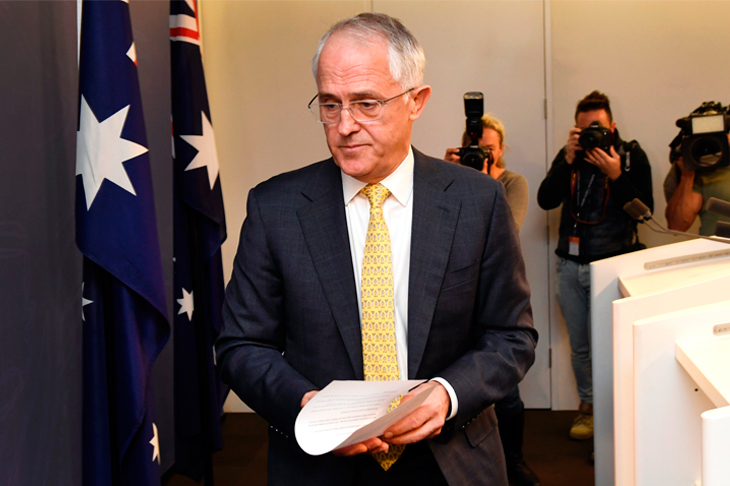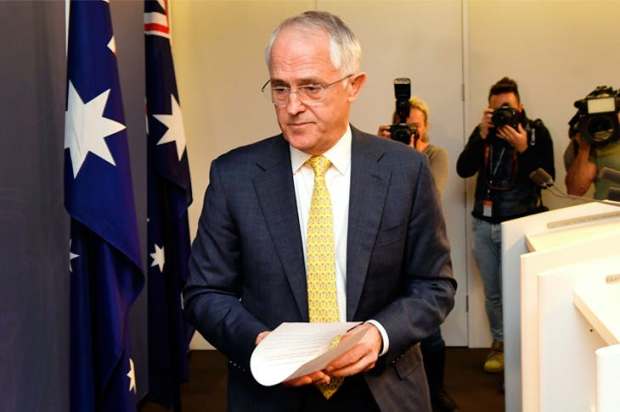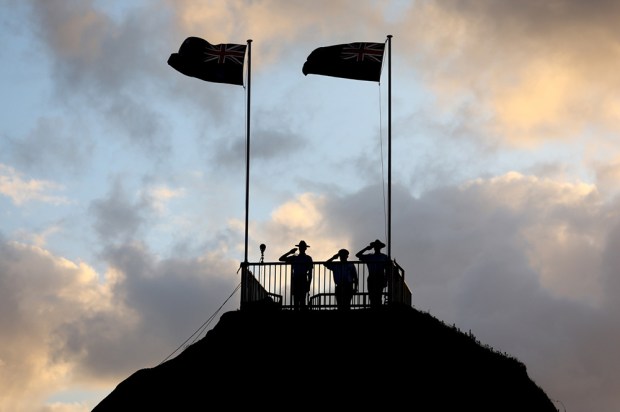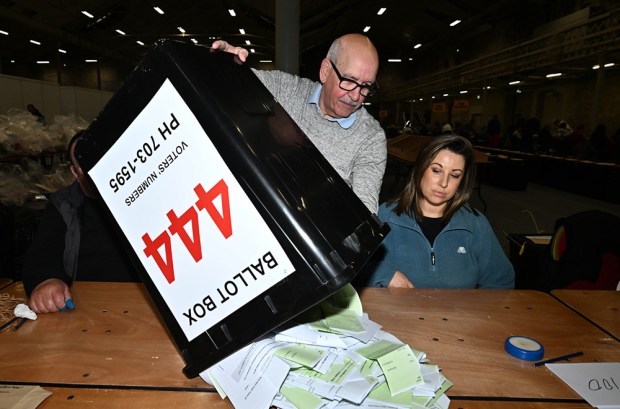In 1993, Malcolm Turnbull was at a crossroads. Paul Keating had given the well-known journalist, lawyer, banker and republican his first public role as chair of the Labor government’s Republic Advisory Committee.
Turnbull’s committee was established in April to advise the government on constitutional changes required to establish a republic. Turnbull threw himself into the job with gusto. An issues paper was published in May and the report was delivered in October.
It was during this time that Turnbull wanted to become a Labor member of parliament. Turnbull has been coy about his dalliance with Labor. There is little about it in Paddy Manning’s terrific biography, Born to Rule (2015).
But there is no doubt Turnbull did talk to Labor MPs, including Keating, about securing a safe seat in parliament. I asked Keating about Turnbull’s Labor ambitions while interviewing him for a biography published last year.
Keating confirmed that Turnbull asked him about becoming a Labor MP. ‘He obviously had a friendly attitude towards the Labor Party as it was currently then confected and operating,’ Keating recalled. ‘So I suspect, not unnaturally, he thought that this might at least provide an option for him.’
Turnbull raised the prospect of a vacant Senate seat – there were three NSW Labor seats up for grabs in 1994-95 – but he was discouraged. ‘The Senate is the death house, you don’t want to go there,’ Keating told Turnbull. ‘If you want to be in the game, you’ve got to be in the House of Representatives.’
Former attorney-general, Michael Lavarch, told me he had ‘floated the idea’ with Turnbull about joining their parliamentary ranks. Graham Richardson, then a minister, also recalled talking to Turnbull about it. But the talks did not progress far. Safe seats are never easy to come by.
This does not mean that Turnbull is a closet Labor supporter today. It would be a mistake to think that. After all, he had sought Liberal preselection ahead of the 1981 and 1984 NSW state elections. Note Keating’s language that Turnbull had a ‘friendly attitude’ towards Labor as it was then rather than as it is now.
But it does beg the question: what does Turnbull actually believe in? He went from being a Liberal in his 20s to wanting to be a Labor MP in his 30s before returning to the Liberal fold in his 40s. Rather than being Liberal or Labor, Turnbull is caught not knowing who he really is.
The zealous republican has now given up the cause. The man who voted for an emissions trading scheme won’t dare implement one. The opponent of a plebiscite on gay marriage became an advocate for it. And who could forget his support for raising state income taxes and being open to a GST increase – both dropped like hot potatoes.
Today, Turnbull lavishes praise of Keating’s successor, John Howard. While this is understandable and deserved, Turnbull could learn just as much from Keating who seized the prime ministership in a similar same way, 25 years ago.
Keating’s prime ministership, which began on 20 December 1991, is imbued with contemporary relevance. Like Turnbull – and indeed Julia Gillard (2010) and Kevin Rudd (2013) – Keating became prime minister during a parliamentary term after a party room coup. They each faced an opposition that was ahead in the polls. The critical difference is that Keating replaced a prime minister who was more popular. Bob Hawke’s final Newspoll approval rating was 27 per cent. Keating’s first approval rating as prime minister was 21 per cent. No prime minister had ever sunk so low in the polls.
As the Keating government sought re-election in 1993 – a fifth victory in a row – the degree of difficulty could not have been higher. But the lesson for Turnbull is that Keating turned the government in a new direction and won re-election with an increased majority because he had a vision for what he wanted to achieve and could mount ferocious attacks on the opposition. Moreover, he could develop, articulate and implement reform.
Keating’s motto is ‘good policy is good politics’. Both are inexorably linked. No Treasurer comes within cooee of his reforms: floating the dollar, the Accord, financial deregulation, tariff reductions, asset sales, reducing company and income tax, and returning the budget to surplus for the first time since the 1950s. The recession, however, diminishes this record.
As prime minister, Keating pursued his ‘big picture’ vision strongly: putting the republic on the agenda, advancing indigenous reconciliation and delivering the Native Title Act, launching the first national cultural policy and energising engagement with Asia by initiating the APEC leaders’ meeting.
Other aspects of Keating’s prime ministership, especially his economic reforms, have often been overlooked: universal superannuation, non-union enterprise bargaining, national competition policy, mutual obligation in welfare provision and continued trade liberalisation. These reforms turbocharged productivity, boosted competitiveness and helped deliver 25 years of annual economic growth.
Although Keating would find politics tougher today, this doesn’t mean it was easy in the 1980s and ‘90s. Indeed, the keys to success remain much the same: sound policy design, rigorous cabinet processes and effective communication in parliament, via the media, and with stakeholders such as business, unions and the Senate crossbench. Moreover, Keating understood how political power is gained and how it can be used. He had been honing this craft since he was a teenager, reading widely, observing closely and seeking out mentors. It is remarkable to recall that he left school at age 14, was in parliament at 25, a minister at 31, Treasurer at 39 and prime minister at 47.
Yet in 1996, the Keating government was despatched with brutal efficiency. All prime ministers ‘go out in a box’, he said. But even those who disliked Keating nevertheless respected him as a leader with courage and conviction. The same cannot be said for the ambitious republican who once dreamed of becoming a Labor MP.
Got something to add? Join the discussion and comment below.
Get 10 issues for just $10
Subscribe to The Spectator Australia today for the next 10 magazine issues, plus full online access, for just $10.
You might disagree with half of it, but you’ll enjoy reading all of it. Try your first month for free, then just $2 a week for the remainder of your first year.














Comments
Don't miss out
Join the conversation with other Spectator Australia readers. Subscribe to leave a comment.
SUBSCRIBEAlready a subscriber? Log in